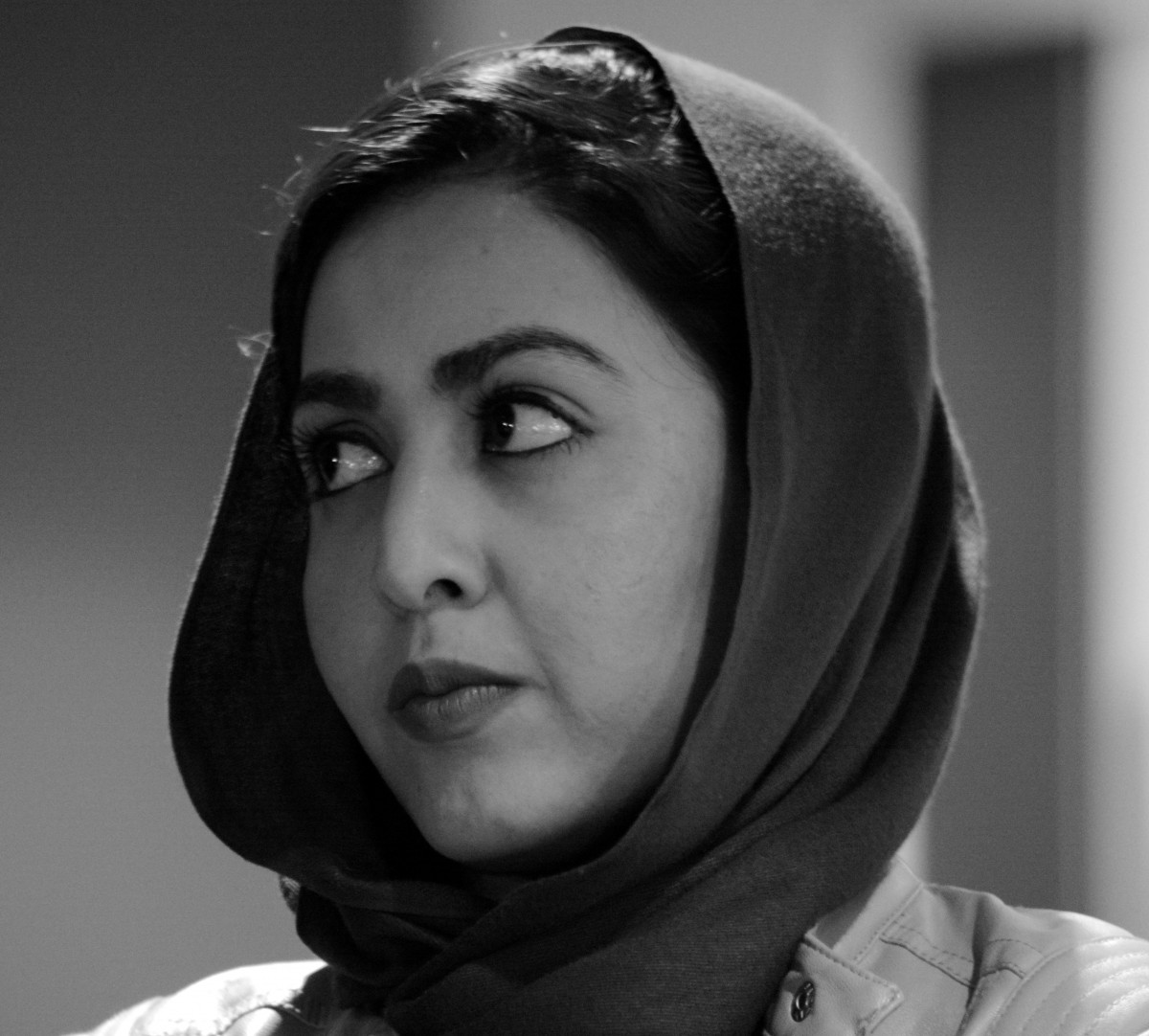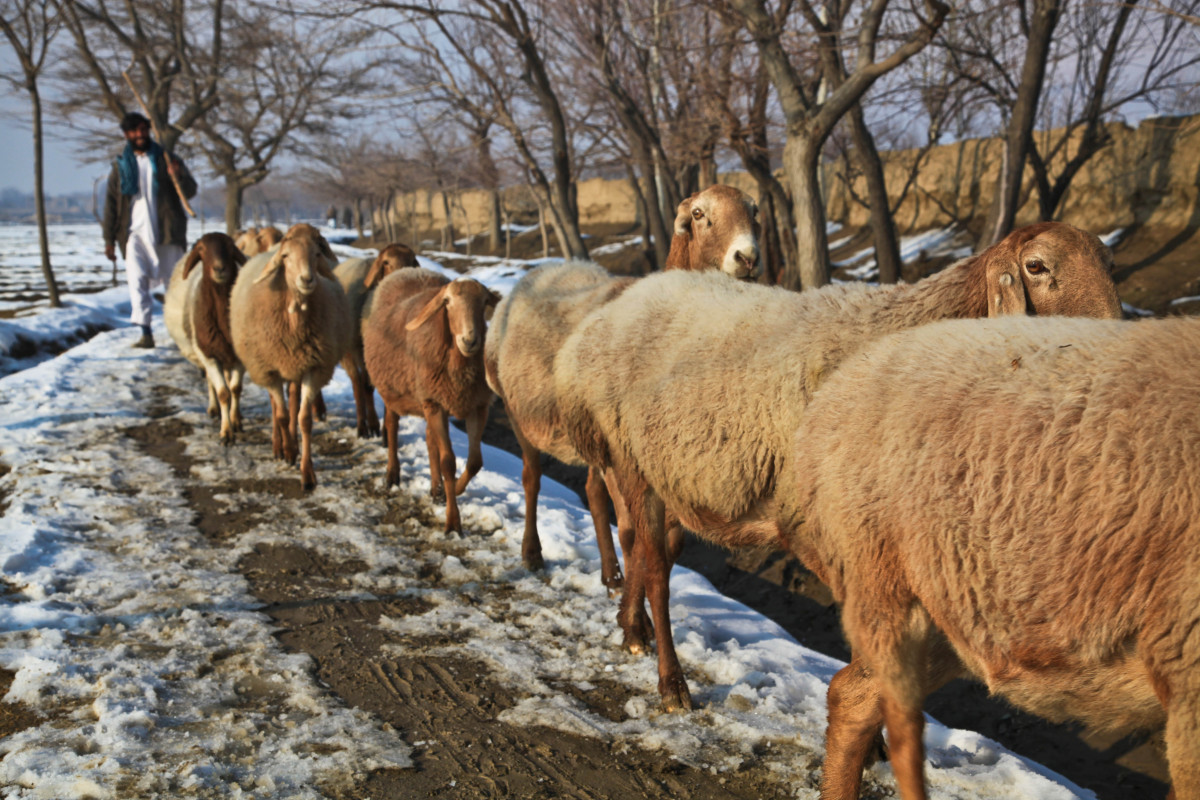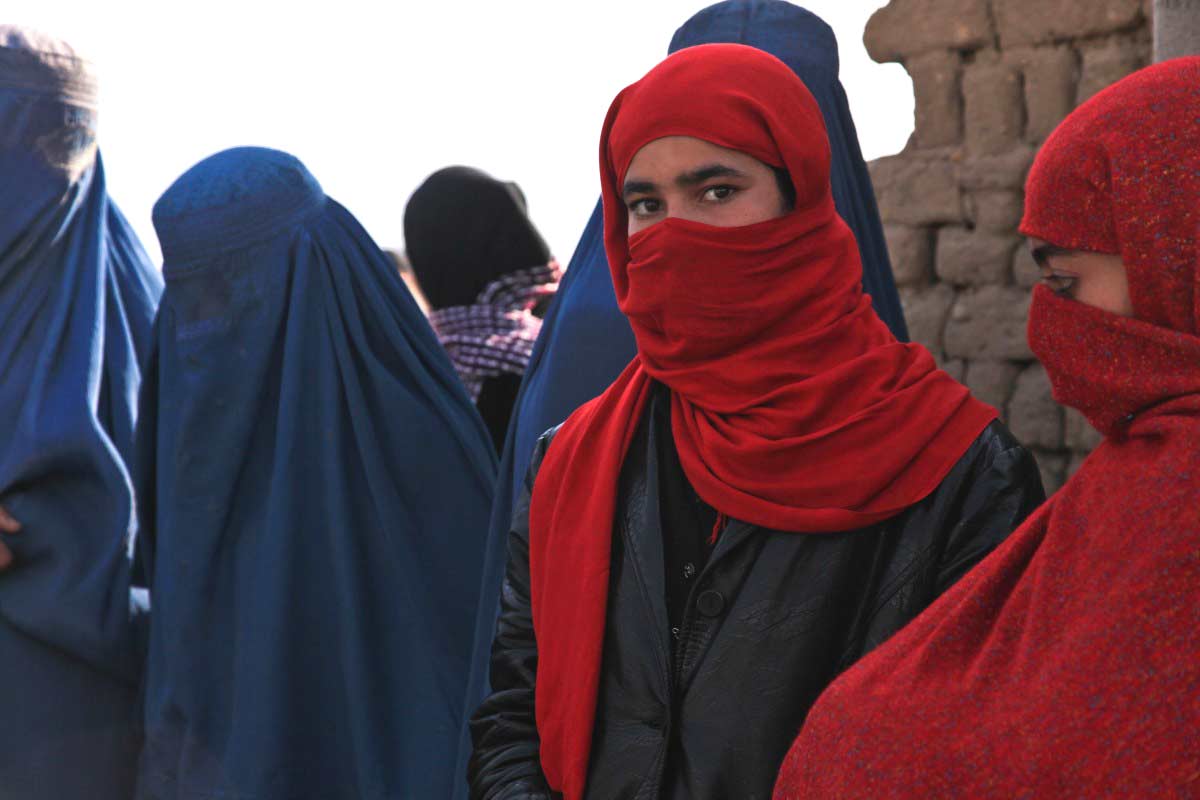24 Interesting Facts about Afghanistan: Food, Travel, History
What are some of the interesting facts about Afghanistan? As Afghanistan grapples with the legacies of its tumultuous past and navigates the complexities of its present challenges, its story remains one of resilience and fortitude. From the geopolitical machinations of the Great Game to the ravages of civil conflict and foreign intervention, Afghanistan’s journey is a testament to the enduring spirit of its people. Despite the scars of war and the shadows of uncertainty, there is hope for a brighter future, fueled by the resilience and determination of a nation that refuses to be defined by its past alone. In this article, I am going to talk about some interesting facts about Afghanistan.
Interesting Facts About Afghanistan: History, Culture, Travel
Despite its tumultuous past and ongoing challenges, Afghanistan remains a land of resilience and cultural richness. Its ancient cities, such as Kabul and Herat, bear testament to a legacy shaped by centuries of civilization and conflict. Through the lens of history, learners can glimpse the enduring spirit of a nation that has weathered the storms of time, emerging stronger and more vibrant with each passing era. From its majestic landscapes to the resilience of its people, Afghanistan continues to captivate the imagination, offering a window into a world shaped by the currents of history and the human spirit. Here are some interesting facts about Afghanistan:
1. Afghanistan’s Geographical Isolation
Afghanistan, a landlocked nation, stands as an enigmatic jewel amidst the vastness of Asia, its borders untouched by the soothing embrace of the ocean. Situated a considerable distance of 300 miles (480 kilometers) away from the nearest shoreline to the south, its remoteness contributes to its status as one of the least explored regions on Earth. Bordered by Pakistan to the east and south, Iran to the west, and the Central Asian republics of Turkmenistan, Uzbekistan, and Tajikistan to the north, Afghanistan’s geopolitical landscape is defined by its rugged isolation.
Additionally, a brief border in the far northeast with Xinjiang, China, marks the culmination of the elongated Vkhn, also known as the Wakhan Corridor, further enhancing its geographical intrigue. With an area roughly equivalent to that of Norway, Afghanistan beckons curious minds to unravel the mysteries hidden within its borders.
2. Diversity in Soil and Terrain
The soil of Afghanistan mirrors the complexity of its terrain, ranging from impoverished to fertile, offering a mosaic of landscapes that shape its agricultural and ecological diversity. In the central highlands, where the harsh embrace of the desert prevails, soil types veer towards the arid desert-steppe or meadow-steppe varieties, challenging agricultural endeavors. Contrastingly, the northern plains boast soils rich in nutrients, reminiscent of the fertile loesslike soils that have sustained civilizations for millennia.
However, the southern plateau presents a starkly different picture, with infertile desert soils dominating the landscape, punctuated only by alluvial deposits near riverbeds. Erosion, a consequence of nature’s relentless forces, etches its mark across the central highlands, particularly in regions vulnerable to seasonal monsoons and substantial precipitation. Afghanistan’s soil, like its people, bears the scars of a turbulent history, yet continues to nurture life amidst adversity.
3. Flourishing Forests and Diverse Flora
Amidst Afghanistan’s rugged landscape, lush forests thrive, particularly at higher altitudes, painting a picturesque panorama. Towering above, majestic conifers such as pine and fir dominate the skyline, some stretching to impressive heights of 180 feet (55 meters), creating a verdant canopy that whispers tales of ancient resilience. The fir line, marking the threshold of these resilient giants, sits loftily at an average elevation surpassing 10,000 feet (3,000 meters), imparting a sense of grandeur to the highlands.
Descending from these lofty peaks, cedar forests blanket the slopes between 5,500 and 7,200 feet (1,700 and 2,200 meters), offering a sanctuary for biodiversity. Yet, Afghanistan’s botanical tapestry doesn’t end there; below the cedar and fir domains, an eclectic array of flora thrives. From sturdy oaks to graceful walnuts, from the delicate ash to the hardy juniper, a symphony of trees adorns the landscape. Amongst them, shrubs weave intricate patterns, while roses, honeysuckles, hawthorns, and a plethora of berry bushes add splashes of color and fragrance to this natural canvas, creating an enchanting haven for both flora and fauna alike.
4. Human Toll: Afghanistan’s Civil War
The tumultuous civil war that ravaged Afghanistan from 1992 to 1996 exacted a devastating human cost, with at least 50,000 lives lost amidst the chaos and violence that engulfed the nation. This period of strife and conflict plunged Afghanistan into a maelstrom of suffering and upheaval, leaving indelible scars on the collective memory of its people and reshaping the trajectory of the nation’s history.
5. Demographic Dynamics: Population and Religious Composition
In 2018, Afghanistan boasted a population of a figure that mirrors approximately half the population of the United Kingdom. Despite its vast territorial expanse, Afghanistan emerges as the world’s 37th most densely populated country, with its populace comprising a diverse array of religious affiliations. Sunni Muslims constitute the overwhelming majority at 80%, followed by Shia Muslims at 19%, with the remaining 1% adhering to other religious beliefs. This religious mosaic underscores the rich tapestry of faith traditions that coexist within Afghan society, shaping its cultural landscape and societal norms.

6. Sacred Sabbath: Friday Closures
Friday, the Islamic holy day, holds special significance in Afghan culture and religious observance. As a testament to the devout nature of the population, the majority of stores and enterprises shutter their doors each Friday, honoring the day of communal prayer and reflection. This weekly pause in commercial activity reflects the deeply ingrained religious customs that shape daily life in Afghanistan, underscoring the importance of spiritual devotion amidst the hustle and bustle of daily affairs.
7. Etymological Origins: The Term “Afghan”
The term “Afghan” carries a historical lineage that traces back to Afghanistan’s largest ethnic group, the Pashtuns. Its earliest documented mention can be found in the 10th-century geography text “Hudud al-‘Alam,” where it was used to denote the Pashtun people. Over time, the term evolved to encompass a broader sense of national identity, encapsulating the diverse mosaic of ethnicities and cultures that coalesce within Afghanistan’s borders. This linguistic evolution reflects the fluidity of identity and the complex interplay of historical narratives that have shaped Afghanistan’s cultural landscape over centuries.
8. Economic Contrasts: Mineral Wealth and Development Challenges
Despite boasting over $1 trillion in confirmed undeveloped mineral reserves, Afghanistan remains entrenched as one of the world’s least developed countries. This paradoxical juxtaposition underscores the profound economic challenges facing the nation, despite its vast natural resource wealth. Hindered by decades of conflict, political instability, and systemic barriers to development, Afghanistan grapples with pervasive poverty, inadequate infrastructure, and limited access to essential services. As the country endeavors to harness its mineral wealth to spur economic growth and development, it confronts a daunting array of socio-economic hurdles that necessitate innovative solutions and sustained international support.
9. Rise of Sunni Islamic Fundamentalism
Between 1996 and 2001, Afghanistan witnessed the ascendance of a Sunni Islamic fundamentalist political movement, which held sway over the nation’s governance for nearly five years. This period of dominance marked a tumultuous chapter in Afghanistan’s history, characterized by the imposition of strict Islamic laws and the suppression of dissenting voices. The influence of Sunni Islamic fundamentalism cast a long shadow over Afghanistan’s political landscape, leaving an enduring legacy that reverberated through subsequent years of socio-political upheaval and transition.
10. Ethnic Diversity in Afghanistan
Since the last comprehensive census conducted in 1979, Afghanistan has grappled with the absence of a national census, exacerbated by years of conflict and population displacement. Consequently, obtaining precise demographic data, particularly regarding ethnic composition, has proven challenging. Despite these hurdles, approximate population estimates shed light on the country’s ethnic mosaic, revealing that Pashtuns constitute approximately two-fifths of the populace.
Within this ethnic group, the Durrani and Ghilzai tribes emerge as prominent entities, reflecting the intricate tapestry of Pashtun tribal affiliations. Tajiks, comprising about one-fourth of the Afghan population, constitute another significant ethnic bloc, alongside the Azra and Uzbek communities, each representing nearly a tenth of the demographic landscape. Additionally, smaller ethnic groups such as the Chahar Aimaks, Turkmen, and various others contribute to the diverse fabric of Afghan society.
11. Bordering Nations: Afghanistan’s Geopolitical Context
Afghanistan finds itself at the crossroads of multiple nations, sharing land borders with an array of neighboring countries. Iran, Pakistan, Uzbekistan, Turkmenistan, Tajikistan, India, and China collectively form a mosaic of geopolitical relationships that intersect with Afghanistan’s strategic position. These shared borders serve as conduits for trade, cultural exchange, and diplomatic relations, shaping Afghanistan’s regional dynamics and influencing its geopolitical landscape.
12. Cultural Traditions: Weddings and Kinship
Embedded within the fabric of Afghan culture are traditions that underscore the significance of familial bonds and communal ties. It’s a common practice for weddings to unite relatives, fostering connections that strengthen familial networks and reinforce social cohesion. This emphasis on intra-familial unions reflects the enduring importance of kinship in Afghan society, where communal solidarity and mutual support are cherished values passed down through generations.
13. Family Dynamics: Gender Roles and Evolution
Afghanistan’s cultural ethos places a premium on the sanctity of the family, delineating distinct roles and responsibilities based on gender norms. Traditionally, men are entrusted with the duty of breadwinning and providing for their families, while women are expected to assume caregiving roles within the domestic sphere. However, the evolving social landscape of contemporary Afghanistan has witnessed a gradual shift, with an increasing number of women actively participating in the workforce to support their families economically. This nuanced interplay between tradition and modernity reflects the dynamic nature of Afghan society, where cultural norms evolve in response to changing socio-economic realities.
14. Religious Landscape of Afghanistan
In Afghanistan, Islam permeates the cultural and social fabric, with the vast majority of the population adhering to this faith. Approximately four-fifths of Afghans identify as Sunni Muslims, predominantly of the Hanafi school. However, religious diversity is evident among minority groups such as the Azra and Kizilbash, who embrace either Twelver or Ismaili Shia Islam. Despite its historical significance, Sufism, a mystical branch of Islam, commands a smaller following in the contemporary era, with only around one-tenth of the population affiliated with Sufi orders.
The Nuristani people, descendants of the once prominent Kafir community, underwent a significant religious transformation in 1895 when they were coerced into converting to Islam. This event marked the renaming of their territory from Kafiristan, meaning “Land of the Infidels,” to Nuristan, signifying “Land of Light.” Additionally, Afghanistan is home to a small Hindu and Sikh population, numbering in the thousands, further enriching the religious tapestry of the nation.
15. Linguistic Complexity
Afghanistan’s demographic diversity extends beyond ethnic boundaries to encompass a rich tapestry of linguistic traditions. The nation’s official languages, Pashto and Persian (known as Dari), both belong to the Indo-European language family. Pashto, spoken by over two-fifths of the population, serves as the predominant language among Pashtuns, reflecting their cultural heritage and linguistic identity. Meanwhile, nearly half of Afghans communicate in various Persian dialects, adding further layers of linguistic richness to the country’s cultural landscape.
While the Afghan variant of Persian is commonly referred to as “Dari,” diverse linguistic nuances emerge among other ethnic groups such as Tajiks, Azra, Chahar Aimaks, and Kizilbash, each speaking distinct Persian dialects. Some dialects bear closer resemblance to Persian spoken in neighboring Iran (Farsi) or Tajikistan (Tajik), underscoring the intricate linguistic tapestry woven across Afghanistan. Moreover, the linguistic landscape bears traces of Turkish and Mongolian influences, evident in the vocabulary and linguistic structures present in both Dari and Tajik. Navigating the linguistic transition from Dari to Tajik poses its own set of challenges, reflecting the nuanced linguistic evolution within Afghan society.
16. Etymological Insight: Afghanistan’s Name
The very name “Afghanistan” encapsulates the essence of the land it represents, translating to “the land of Afghans.” This linguistic origin succinctly captures the cultural and historical identity of the nation, echoing the proud heritage and shared ancestry of its people. As a testament to Afghanistan’s rich tapestry of cultural diversity, its name serves as a poignant reminder of the land’s enduring legacy and the indomitable spirit of its inhabitants.

17. Islamic Propagation: Arrival of Arab Muslims
The advent of Islam in Afghanistan unfolded in the year 642 CE, when Arab Muslims propagated the faith in the ancient cities of Herat and Zarang. This pivotal moment marked the beginning of a profound cultural and religious transformation, as Islam gradually supplanted earlier belief systems and became deeply entrenched within Afghan society. The arrival of Arab Muslims heralded a new chapter in Afghanistan’s history, shaping its religious identity and influencing its cultural development in the centuries to come.
18. Cultural Gestures: Hand on Heart
Within the intricate fabric of Afghan culture, gestures often convey profound meanings, transcending language barriers to express respect and agreement. A notable example is the gesture of laying one’s hand on the heart and nodding slightly, signifying reverence and accord towards the other person. In addition to conventional handshakes, this gesture serves as a poignant symbol of sincerity and mutual understanding, enriching interpersonal interactions with gestures of goodwill and respect. How AI, ChatGPT maximizes earnings of many people in minutes
19. Exploring Afghanistan’s Treasures
For travelers seeking to unravel the mysteries of Afghanistan’s cultural and historical heritage, coordinates 34.5333° N, 69.1333° W serve as a gateway to a world of wonders. Amidst rugged mountains that dominate the landscape, Afghanistan boasts a wealth of cultural and historical treasures awaiting discovery. From ancient archaeological sites to majestic landmarks, the nation’s diverse topography showcases low plains in the north and southwest, offering a captivating juxtaposition of natural beauty and human ingenuity. Embark on a journey of exploration and enlightenment, as Afghanistan beckons with the promise of unforgettable experiences and timeless wonders. Motivation – Mind – Success – Thinking – Productivity – Happiness
20. Succession and Legacy: Timur Shah’s Reign
Following the demise of Ahmad Shah Durrani in 1772, the mantle of leadership fell upon his son, Timur Shah, who ascended to the throne to continue his father’s legacy. Timur Shah’s reign marked a period of continuity and consolidation, as he sought to uphold the principles of governance and territorial integrity established by his predecessor. Guided by his father’s vision, Timur Shah navigated the complexities of Afghan politics with astuteness and resolve, leaving an indelible mark on the annals of Afghan history through his leadership and statesmanship. Business – Money Making – Marketing – E-commerce
21. Dynastic Succession: Timur Shah’s Ascension
Following the demise of Ahmad Shah Durrani in 1772, the mantle of leadership passed to his son, Timur Shah. Assuming the reins of power, Timur Shah inherited the formidable legacy of his father, tasked with upholding the unity and stability of the Afghan empire. His succession marked a pivotal transition in Afghan governance, as he navigated the complexities of dynastic rule and sought to consolidate and expand upon his father’s achievements. Under Timur Shah’s stewardship, Afghanistan entered a new chapter in its historical trajectory, characterized by both continuity and change. Health books, guides, exercises, habits, Diets, and more
22. Culinary Delights: A Taste of Afghan Cuisine
Afghan cuisine tantalizes the taste buds with a rich tapestry of flavors and textures, reflecting the nation’s cultural diversity and culinary heritage. From hearty rice dishes like Kabuli Pulao, infused with succulent lamb, to delicate dumplings known as Aushak, brimming with leeks and scallions, Afghan cuisine offers a delectable array of options to satisfy every palate.
Bolani, filled with savory fillings, and Sheer Khurma, a sweet milk dessert infused with dates, further exemplify the breadth and depth of Afghan culinary traditions. Saji Kabab, lavishly roasted lamb or chicken, and Boranee Banjan, featuring eggplant topped with creamy yogurt, add further layers of complexity and delight to the gastronomic experience. Accompanied by Lavash, a thin bread adorned with cheese or meat, these dishes showcase the richness and diversity of Afghan culinary artistry. Fitness – Meditation – Diet – Weight Loss – Healthy Living – Yoga
23. Cultural Norms: Attitudes Towards Divorce
In Afghan society, divorce is a rarity and carries a stigma, reflecting deeply ingrained cultural norms and societal expectations surrounding marriage and family life. Frowned upon by both religious and cultural authorities, divorce is often viewed as a last resort, reserved for instances of extreme marital discord or hardship. The sanctity of marriage is upheld as a cornerstone of the Afghan social fabric, with couples encouraged to persevere through challenges and strive for harmony in their relationships. Despite evolving attitudes towards gender roles and family dynamics, divorce remains a contentious issue within Afghan society, emblematic of broader tensions between tradition and modernity. RPM 3.0 – 60% CONVERSION & Money for Affiliate Marketing
24. Independence Day: Commemorating a Historic Milestone
On August 19, 1919, Afghanistan achieved independence from British colonial rule, marking a watershed moment in the nation’s history. This significant milestone is commemorated annually as a national holiday, celebrating Afghanistan’s sovereignty and resilience in the face of external pressures. Independence Day serves as a poignant reminder of the sacrifices made by generations past to secure freedom and self-determination for the Afghan people. It is a time for reflection, unity, and national pride, as Afghans honor their rich heritage and reaffirm their commitment to a future marked by peace, progress, and prosperity.
